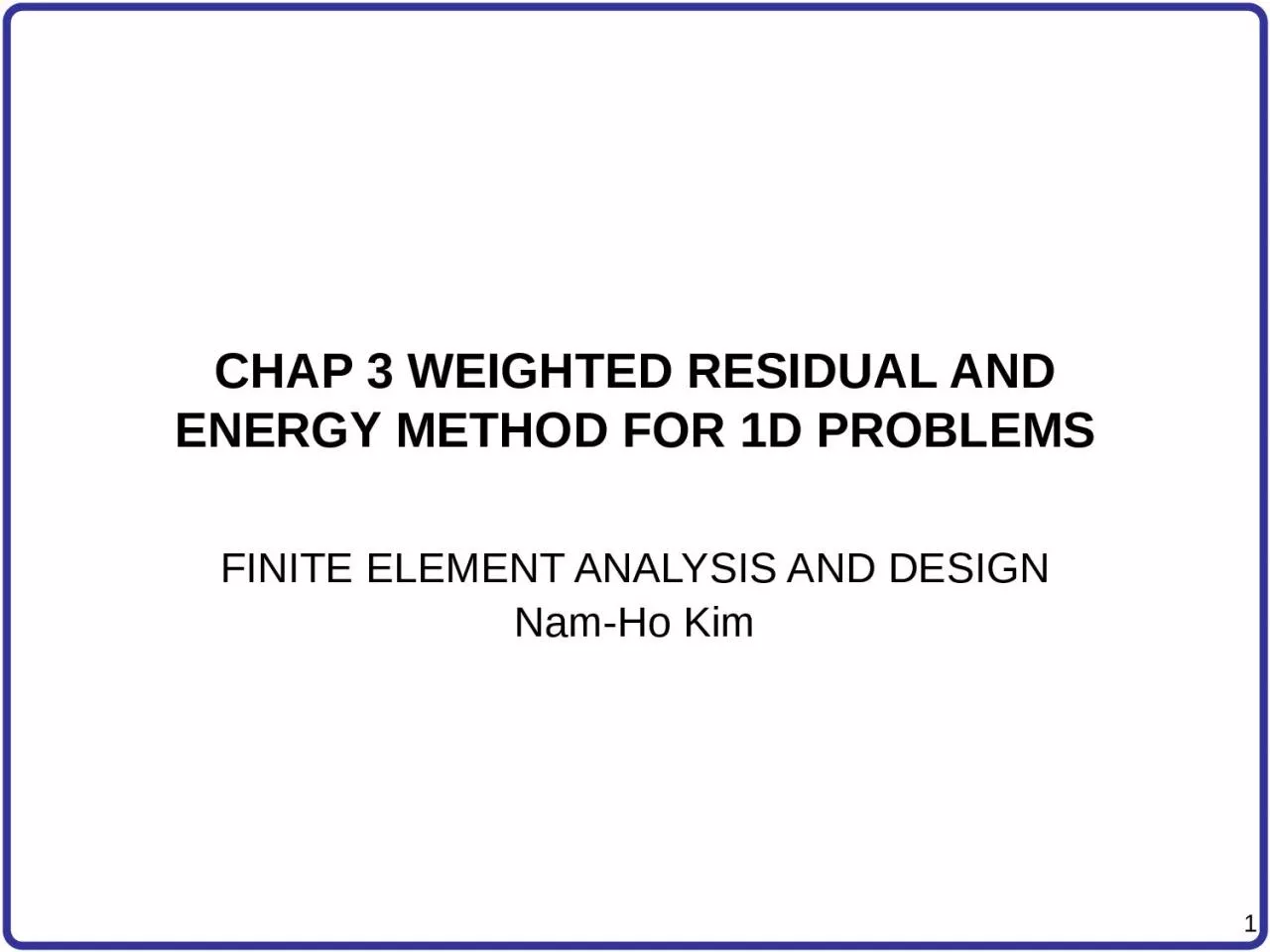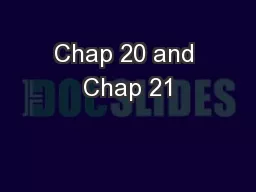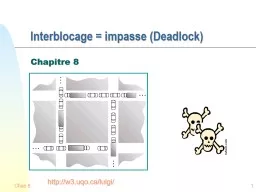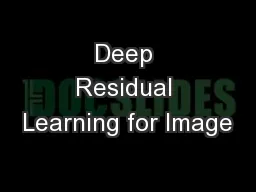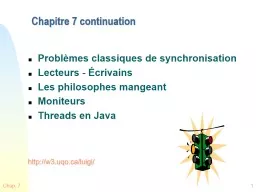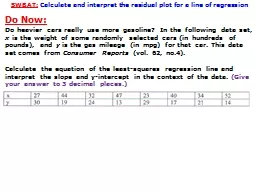PPT-CHAP 3 WEIGHTED RESIDUAL AND ENERGY METHOD FOR 1D PROBLEMS
Author : dandy | Published Date : 2023-10-29
FINITE ELEMENT ANALYSIS AND DESIGN NamHo Kim INTRODUCTION Direct stiffness method is limited for simple 1D problems FEM can be applied to many engineering problems
Presentation Embed Code
Download Presentation
Download Presentation The PPT/PDF document "CHAP 3 WEIGHTED RESIDUAL AND ENERGY MET..." is the property of its rightful owner. Permission is granted to download and print the materials on this website for personal, non-commercial use only, and to display it on your personal computer provided you do not modify the materials and that you retain all copyright notices contained in the materials. By downloading content from our website, you accept the terms of this agreement.
CHAP 3 WEIGHTED RESIDUAL AND ENERGY METHOD FOR 1D PROBLEMS: Transcript
Download Rules Of Document
"CHAP 3 WEIGHTED RESIDUAL AND ENERGY METHOD FOR 1D PROBLEMS"The content belongs to its owner. You may download and print it for personal use, without modification, and keep all copyright notices. By downloading, you agree to these terms.
Related Documents

